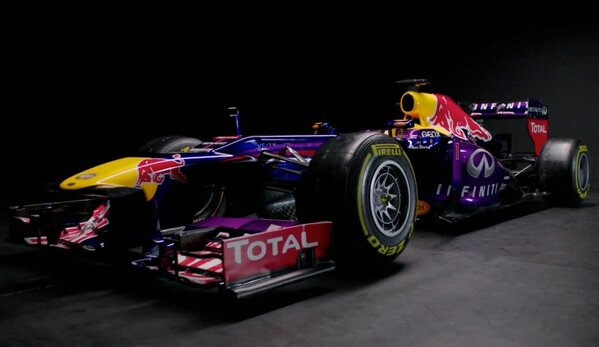Teampresentaties
• 28 jan Lotus F1 Team
• 31 jan Vodafone McLaren Mercedes
• 1 feb Sahara Force India
• 1 feb Scuderia Ferrari
• 2 feb Sauber F1 Team
• 3 feb Infiniti Red Bull Racing
• 4 feb Mercedes AMG Petronas
• 4 feb Scuderia Toro Rosso
• 5 feb Caterham F1 Team
• 5 feb Marussia Racing
• 19 feb Williams F1 Team
Testsessies
• 5 - 8 februari - Jerez
• 19 - 22 februari - Barcelona
• 28 februari - 3 maart - Barcelona
Lotus



McLaren


Ferrari



Force India


Sauber


Red Bull

• 28 jan Lotus F1 Team
• 31 jan Vodafone McLaren Mercedes
• 1 feb Sahara Force India
• 1 feb Scuderia Ferrari
• 2 feb Sauber F1 Team
• 3 feb Infiniti Red Bull Racing
• 4 feb Mercedes AMG Petronas
• 4 feb Scuderia Toro Rosso
• 5 feb Caterham F1 Team
• 5 feb Marussia Racing
• 19 feb Williams F1 Team
Testsessies
• 5 - 8 februari - Jerez
• 19 - 22 februari - Barcelona
• 28 februari - 3 maart - Barcelona
Lotus



McLaren


Ferrari



Force India


Sauber


Red Bull

























Comment